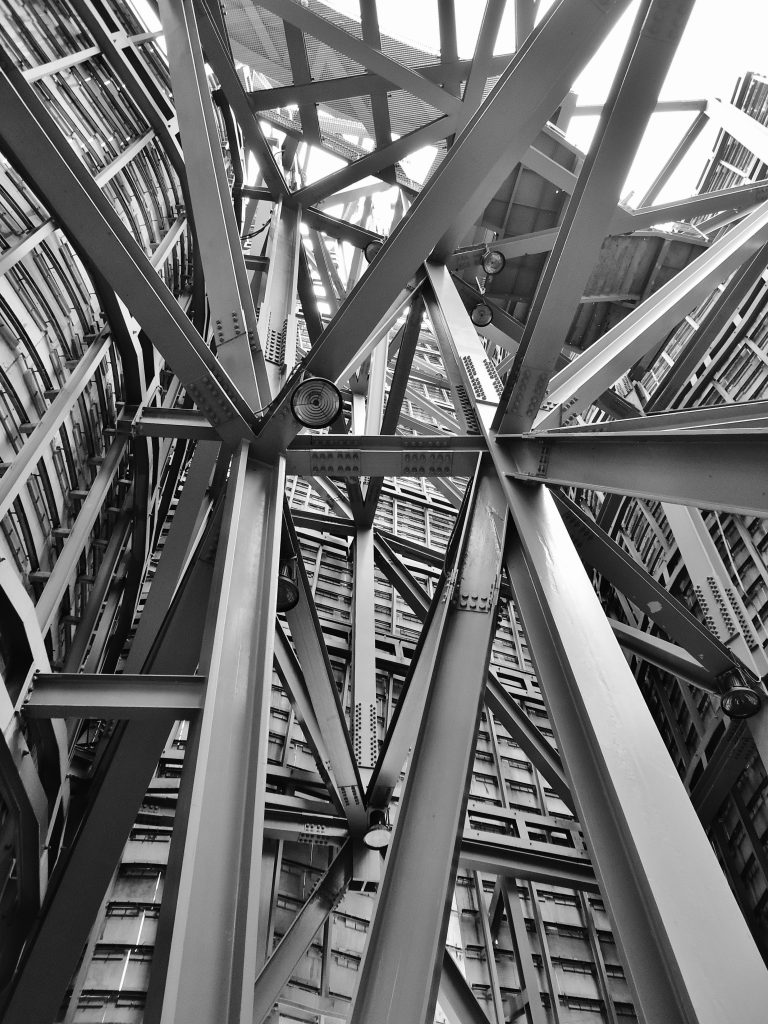What is 1018 Steel? A Comprehensive Guide
What is 1018 Steel? In the world of metals and alloys, 1018 steel holds a significant place. Whether you’re a seasoned engineer or just a curious individual with an interest in metallurgy, understanding the properties and applications of 1018 steel can be incredibly enlightening. In this article, we will delve deep into the realm of 1018 steel, exploring its composition, characteristics, uses, and much more.
Table of Contents
- Introduction
- What is 1018 Steel?
- 2.1 Composition
- 2.2 Properties
- Manufacturing Process
- Applications
- Advantages
- Limitations
- Comparison with Other Steels
- Maintenance and Care
- Sustainability of 1018 Steel
- Common Misconceptions
- Safety Precautions
- Future Trends
- Conclusion
- FAQs
- 14.1 What are the primary uses of 1018 steel?
- 14.2 Is 1018 steel suitable for outdoor applications?
- 14.3 Can 1018 steel be welded?
- 14.4 What distinguishes 1018 steel from 1020 steel?
- 14.5 Is 1018 steel environmentally friendly?
Introduction
Steel is a fundamental material that has shaped modern civilization. Among the myriad of steel alloys available, 1018 steel stands as a versatile and widely used option. In this article, we aim to unravel the mysteries surrounding 1018 steel, providing you with an in-depth understanding of its composition, properties, applications, and much more.
What is 1018 Steel?
Composition
1018 steel, also known as low carbon steel, is primarily composed of iron and carbon. Its elemental composition typically consists of approximately 99% iron and 0.18% carbon, which is where it gets its name. In addition to iron and carbon, 1018 steel may contain trace amounts of other elements such as manganese, phosphorus, and sulfur.
Properties
One of the defining characteristics of 1018 steel is its low carbon content. This low carbon concentration results in several key properties:
- Malleability: 1018 steel is highly malleable, making it easy to shape and form.
- Weldability: It can be welded with relative ease, making it a popular choice in construction and fabrication.
- Ductility: 1018 steel can be drawn, bent, or stretched without losing its structural integrity.
- Strength: While not as strong as some other steels, it offers a good balance of strength and affordability.
Manufacturing Process
The production of 1018 steel involves several steps, including melting iron and adding precise amounts of carbon and other alloying elements. The molten steel is then formed into various shapes through processes like casting, rolling, or forging.
Applications
1018 steel finds application in a wide range of industries, including:
- Construction: Used in the construction of buildings, bridges, and infrastructure due to its weldability and malleability.
- Automotive: Commonly used in the manufacturing of automotive parts and components.
- Machinery: Used for the production of machine parts and equipment.
- Fasteners: 1018 steel is an ideal material for bolts, nuts, and screws.
- General Fabrication: Its versatility makes it a go-to choice for various fabrication projects.

Advantages
- Cost-Effective: 1018 steel is affordable, making it accessible for a wide range of applications.
- Easy to Work With: Its malleability and weldability simplify fabrication processes.
- Versatile: Suitable for both indoor and outdoor applications.
- Availability: Readily available in various forms and sizes.
Limitations
- Limited Strength: Not as strong as some high-carbon steels, which may limit its use in highly demanding applications.
- Corrosion Susceptibility: 1018 steel is susceptible to rust and corrosion in certain environments.
Comparison with Other Steels
Compared to steels with higher carbon content, such as 1045 steel, 1018 steel is less brittle and easier to work with. However, it may not be as suitable for applications requiring extreme strength.
Maintenance and Care
To ensure the longevity of 1018 steel products, regular maintenance is crucial. This includes protecting it from moisture to prevent rust and corrosion. Applying a protective coating can also extend its lifespan.
Sustainability of 1018 Steel
1018 steel is considered relatively eco-friendly due to its recyclability. Recycling steel reduces the need for mining new iron ore, conserving natural resources and reducing energy consumption.
Common Misconceptions
One common misconception is that 1018 steel is the same as A36 steel. While they share some similarities, they have distinct differences in composition and properties.
Safety Precautions
When working with 1018 steel, it’s essential to follow standard safety precautions, including wearing protective gear and ensuring proper ventilation when welding or cutting.
Future Trends
As industries continue to evolve, so will the demand for materials like 1018 steel. Innovations in steel production and processing techniques may open up new possibilities and applications.
Conclusion
In conclusion, 1018 steel is a versatile and widely used low carbon steel alloy known for its affordability, malleability, and weldability. Its applications span across various industries, and its eco-friendly nature makes it a sustainable choice. Understanding the properties and potential of 1018 steel is essential for anyone involved in metalworking or engineering.
FAQs
What are the primary uses of 1018 steel?
1018 steel is commonly used in construction, automotive manufacturing, machinery production, and as fasteners due to its cost-effectiveness and versatility.
Is 1018 steel suitable for outdoor applications?
Yes, 1018 steel is suitable for outdoor applications, but proper maintenance is necessary to prevent corrosion.
Can 1018 steel be welded?
Yes, 1018 steel can be welded easily, making it a preferred choice for fabrication projects.
What distinguishes 1018 steel from 1020 steel?
The main difference is in the carbon content; 1018 steel contains 0.18% carbon, while 1020 steel contains 0.20% carbon. This slight variation can affect their properties and applications.
Is 1018 steel environmentally friendly?
Yes, 1018 steel is considered environmentally friendly because it is recyclable, reducing the need for new resource extraction and energy consumption.




Leave a comment